Recent Posts
10 Proven Tips to Make Your Car Tyres Last Longer
The Advantages of Choosing Paintless Dent Repair
Rolls-Royce – Most Common Faults and How to Keep Yours in Perfect Condition
Bentley – Most Common Faults and How to Prevent Them
5 Proven Ways to Remove Tree Sap From Your Car Without Damaging the Paint
Discover the Most Typical Issues with Lexus Cars
What are the Common BMW Issues and How to Fix Them?
Engine Seized or Locked Up? Here’s What You’re Really Dealing With
Is It Safe to Drive with Reduced Engine Power?
What Type of Car Paint Protection Is Best in Abu Dhabi? | Ultimate Guide
How Does Ceramic Coating Protect Your Car’s Paint?
5 Most Common Oil Mistakes That Might Ruin Your Car
When Should You Replace Your Tires? Warning Signs You Shouldn’t Ignore
Common Range Rover Problems and How to Fix Them
How Weather Conditions Affect Your Car Battery and How to Protect It?
Why Brake Fluid is Essential for Your Car’s Safety in Ras Al Khaimah
Mercedes-Benz Engine Repair: Common Issues and How to Fix Them
Top Signs Your Car AC Needs Immediate Repair in Abu Dhabi
The Ultimate Guide to Car AC Repair: Everything You Need to Know
How to Find a Reliable Car Garage Near Me in Abu Dhabi
Why Car Detailing is Essential in Ras Al Khaimah
Windscreen Repair vs. Windscreen Replacement: Which One Do You Need?
Top Signs Your Car Battery Needs to Be Replaced
The Importance of Regular Tire Maintenance: Tips and Tricks
Understanding Brake Issues: When to Repair or Replace Your Brakes
What Can One Expect During a Full Vehicle Inspection?
Top-Rated Car Garages in Ras Al Khaimah: A Comparative Guide
5 Common Engine Problems and How to Fix Them: A Guide for Car Owners
Signs You Need to Take Your Car to the Mechanic
Exploring Unusual Smells in Cars: A Guide to Identifying and Resolving Odors
Decreased Performance and Fuel Efficiency in Cars: What’s Going On?
Bespoke Care for Your Range Rover: Understanding the Importance of Regular Service
Quick Tips for Finding the Best Car Mechanic Near You
Finding Reliable Car Repair and Servicing
Choosing the right car repair workshop: Factors to consider
Expert Car Mechanics Near Me: How to Identify Skill and Experience
The Benefits of Regular Car Servicing for Optimal Performance and Safety
Trusted Car Garages Near Me: How to Avoid Shoddy Repairs
Preventing Costly Repairs with Routine Car Maintenance and Inspections
Navigating the Car Repair Industry: How to Find Honest and Affordable Services
Understanding the Basics of Car Maintenance and Repair for Vehicle Owners
Why regular car servicing is crucial for long term vehicle health?
Maximizing the Lifespan of Your Vehicle with Routine Car Maintenance
The importance of Pre-purchase car inspections: Don’t buy a lemon
Choosing the Right Car Garage Near Me: What to Look for in a Reliable Provider
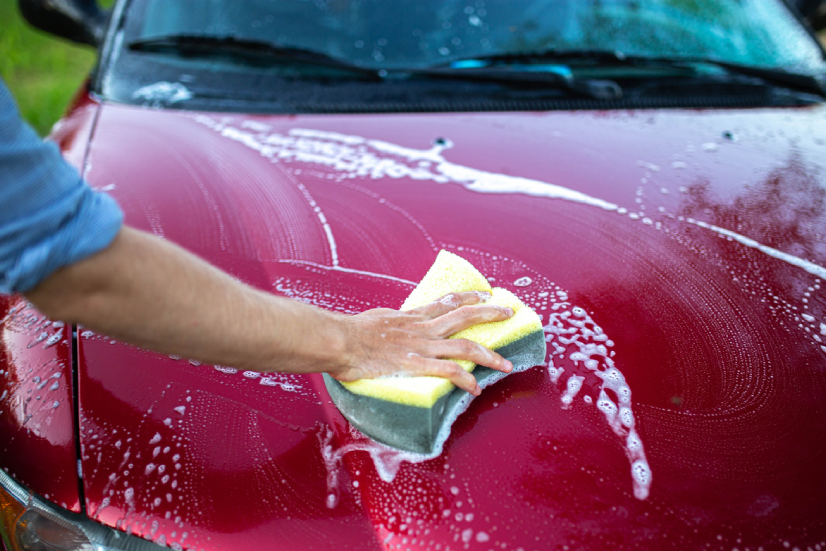
Do you remember that irritating instance when you see golden, sticky blobs on your car after washing it? That sticky substance is tree sap. It not only looks bad, but it is also harmful to your car. It is made of tree resin, latex, and gum, and binds to your vehicle’s surface like stubborn glue.
Once it hardens, it doesn’t just sit there. Sunlight bakes it in, the bond gets stronger, and if you try to scrape it off without care, you risk etched paint, oxidation, or scratches deep enough to make your stomach drop.
The good news? With the right tree sap remover and approach, you can get rid of it safely. Let’s walk through five tried-and-tested car tree sap removal methods that protect your paint and give you peace of mind.
Understanding Where the Sap is and Why It Matters
Before you grab the nearest cleaner, check where the sap has landed on the car. The tree sap removal process depends on whether it’s on paint, glass, or trim.
| Surface | Best Approach | Avoid These |
| Paint | Gentle solvents, oils, mild acids | Abrasives, blades, harsh scrubs |
| Glass | Solvents + careful scraping | Steel wool, aggressive cleaners |
| Trim & Rubber | Oils, mild cleaners | Strong solvents, such as acetone |
Why this matters: This matters because the wrong technique could transform a tiny sticky spot into a repair bill, or worse, a permanent scar.
Safe Home Remedies for Fresh Sap Removal
Using White Vinegar
Will vinegar remove tree sap from car paint? In many cases, yes. Vinegar works because of its mild acidity, which can sap the bond without damaging the clear coat.
How to use it:
- Soak a clean cloth in white vinegar.
- Press gently over the sap for 30–60 seconds.
- Wipe away with a microfiber towel.
Pro tip: The sooner you do this after sap lands, the better the result.
Cooking Oils (Coconut, Canola, Olive)
A little unconventional, but cooking oils are an excellent option for tree sap remover. They soften and loosen sap without stripping your paint’s protective layer.
Steps:
- Apply a few drops directly to the sap.
- Let it sit for 3–5 minutes.
- Wipe away gently, then wash the area with soapy water.
Coconut oil even leaves a subtle shine, like a bonus wax.
Baking Soda Paste
This one’s a classic. Baking soda is mildly abrasive yet safe when used correctly.
Method:
- Mix baking soda with lukewarm water to form a paste.
- Apply it to the sap spot.
- Place a warm, damp cloth over the paste for a minute.
- Wipe away gently and wash with water.
Avoid scrubbing hard, as you’re removing sap, not sanding furniture. If you overdo it, you might end up needing a paintless dent repair service to fix the damage.
Stronger Solutions for Stubborn Sap
Hand Sanitizer (Alcohol-based)
Alcohol dissolves hardened sap bonds, making hand sanitizer a go-to for tougher spots. Just be careful, alcohol can dull paint if left too long.
Steps:
- Dab a bit onto the sap.
- Wait 30 seconds.
- Wipe away with a soft cloth, then rinse with water.
Don’t leave the product on for too long because it can damage the paint.
Nail Polish Remover with Acetone
Acetone works well on hardened sap that nothing else can remove, but you need to be careful. Put a small amount on a cotton pad, wipe the sap away, then wash and wax the spot immediately to keep the paint safe.
Box-Cutter Blade (Glass Only)
For hardened sap on windshields, a fresh razor or box-cutter blade can scrape without scratching, if used flat against the surface. Never use this method on painted areas.
Why Quick Removal Protects Your Car’s Value?
Sap can harden in just days, discolor in weeks, and start etching into your paint within months. Once the clear coat is compromised, you’re looking at oxidation and possible rust down the line.
And if you ever plan to sell? A buyer spotting dull patches or uneven paint will assume you skipped maintenance, and your asking price could take a hit. Quick tree sap removal is about more than looks; it’s about keeping your car’s resale value intact.
When to Call the Professionals?
You should ask a professional for help if:
- Sap covers more than 20% of your car’s panel
- You’ve tried fixing it yourself many times, but it didn’t work
- You see the paint getting damaged or changing color under the sap
- Your car has special paint or a ceramic coating
- You don’t feel comfortable using chemicals or tools
At Redfox, our team uses specialized paintless dent repair service techniques and professional-grade tree sap remover solutions that restore your paint without sanding or repainting. We back our work with service guarantees for total peace of mind.
Bonus Tips to Keep Your Paint Looking Like New
- Wash your car regularly, especially after parking under trees.
- Cover your car with a car cover to keep it safe from sap, bird droppings, and dust.
- In hot weather, avoiding parking near sap-spilling trees will be beneficial for your vehicle.
- Applying a protective wax or coating will make tree sap removal easier the next time it is done.
Committing to small actions like these will help you save time and avoid irritation in the long term.
Don’t Wait, Sap Doesn’t Get Better With Time
Tree sap doesn’t magically disappear. It doesn’t fade, dissolve, or politely leave your paint alone. The longer it sits, the deeper it bonds, and the more damage it causes.
Now you’ve got five proven methods, from vinegar and oils to baking soda, alcohol, and pro fixes. So, don’t wait until the damage shows. Book your car tree sap removal or paintless dent repair service with Redfox Ras Al-Khaimah today and keep your car looking like it just rolled out of the showroom.

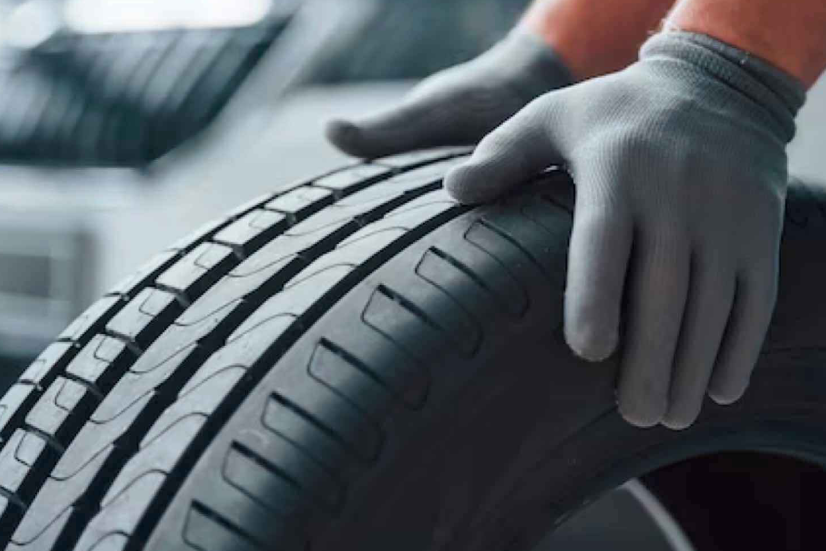 10 Proven Tips to Make Your Car Tyres Last Longer
10 Proven Tips to Make Your Car Tyres Last Longer The Advantages of Choosing Paintless Dent Repair
The Advantages of Choosing Paintless Dent Repair Rolls-Royce – Most Common Faults and How to Keep Yours in Perfect Condition
Rolls-Royce – Most Common Faults and How to Keep Yours in Perfect Condition Bentley – Most Common Faults and How to Prevent Them
Bentley – Most Common Faults and How to Prevent Them Discover the Most Typical Issues with Lexus Cars
Discover the Most Typical Issues with Lexus Cars What are the Common BMW Issues and How to Fix Them?
What are the Common BMW Issues and How to Fix Them?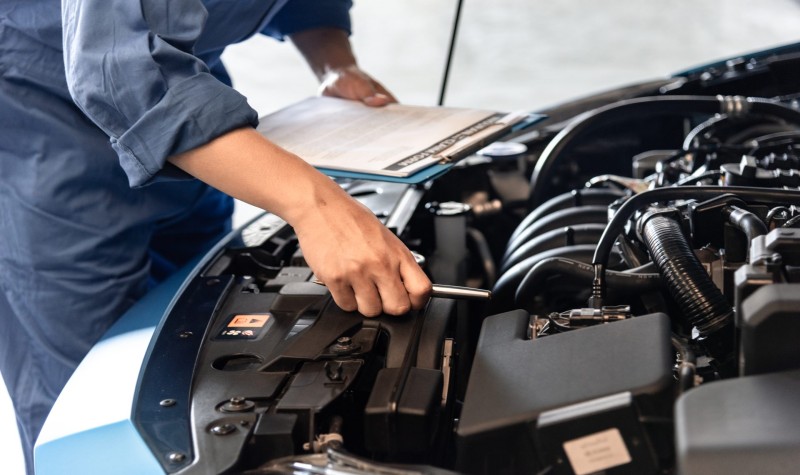 Engine Seized or Locked Up? Here’s What You’re Really Dealing With
Engine Seized or Locked Up? Here’s What You’re Really Dealing With Is It Safe to Drive with Reduced Engine Power?
Is It Safe to Drive with Reduced Engine Power?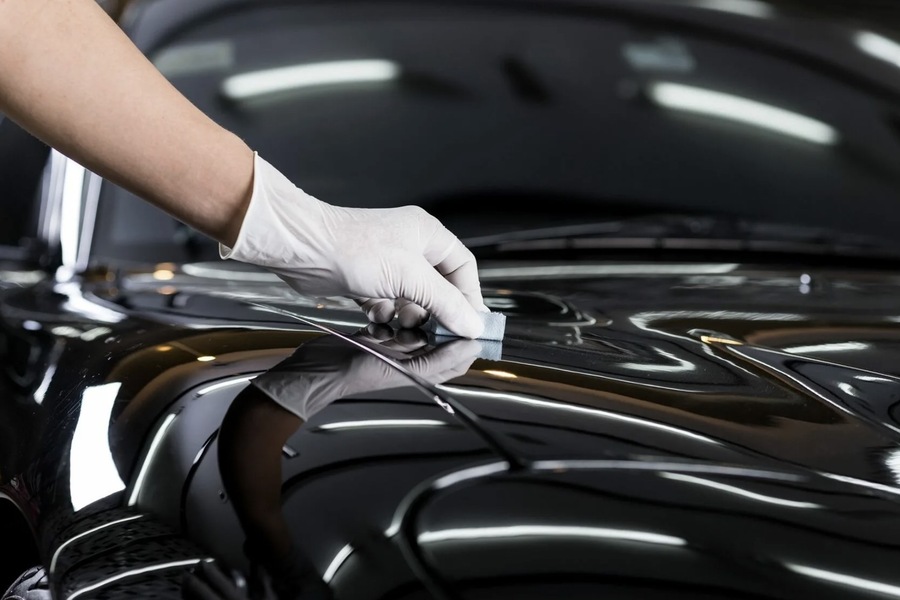 What Type of Car Paint Protection Is Best in Abu Dhabi? | Ultimate Guide
What Type of Car Paint Protection Is Best in Abu Dhabi? | Ultimate Guide How Does Ceramic Coating Protect Your Car’s Paint?
How Does Ceramic Coating Protect Your Car’s Paint? 5 Most Common Oil Mistakes That Might Ruin Your Car
5 Most Common Oil Mistakes That Might Ruin Your Car When Should You Replace Your Tires? Warning Signs You Shouldn’t Ignore
When Should You Replace Your Tires? Warning Signs You Shouldn’t Ignore Common Range Rover Problems and How to Fix Them
Common Range Rover Problems and How to Fix Them How Weather Conditions Affect Your Car Battery and How to Protect It?
How Weather Conditions Affect Your Car Battery and How to Protect It?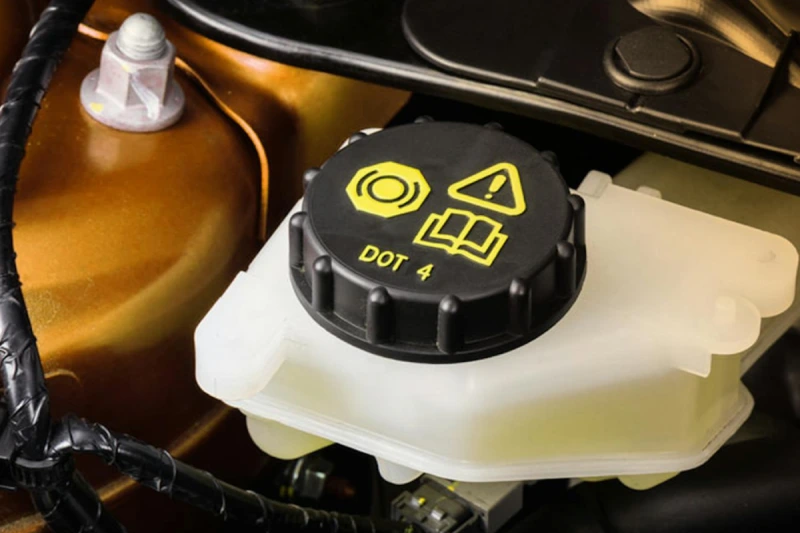 Why Brake Fluid is Essential for Your Car’s Safety in Ras Al Khaimah
Why Brake Fluid is Essential for Your Car’s Safety in Ras Al Khaimah Mercedes-Benz Engine Repair: Common Issues and How to Fix Them
Mercedes-Benz Engine Repair: Common Issues and How to Fix Them Top Signs Your Car AC Needs Immediate Repair in Abu Dhabi
Top Signs Your Car AC Needs Immediate Repair in Abu Dhabi The Ultimate Guide to Car AC Repair: Everything You Need to Know
The Ultimate Guide to Car AC Repair: Everything You Need to Know How to Find a Reliable Car Garage Near Me in Abu Dhabi
How to Find a Reliable Car Garage Near Me in Abu Dhabi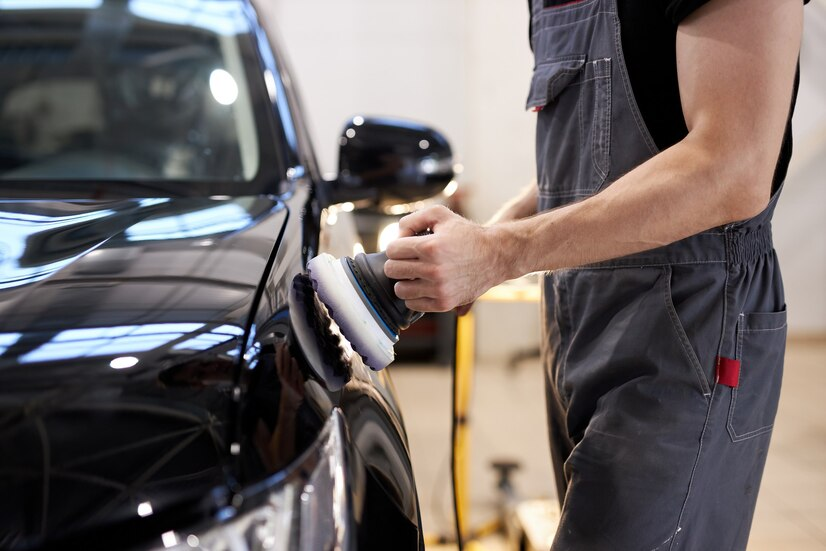 Why Car Detailing is Essential in Ras Al Khaimah
Why Car Detailing is Essential in Ras Al Khaimah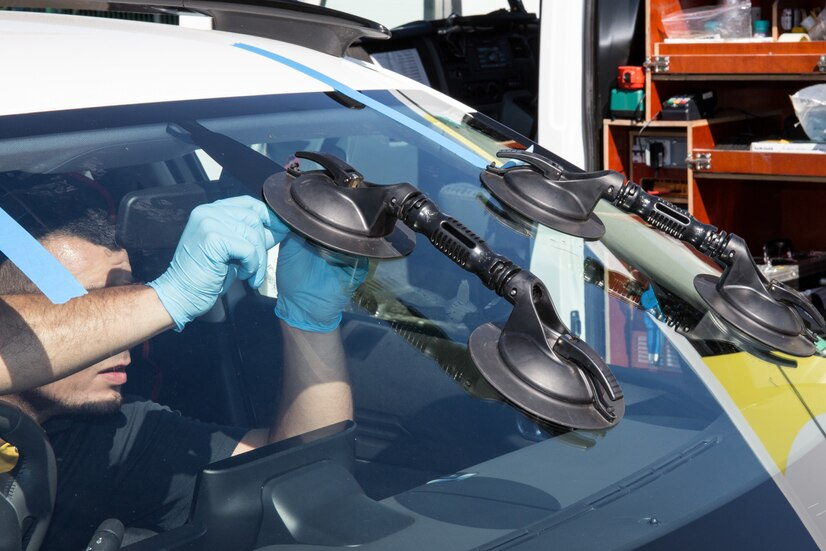 Windscreen Repair vs. Windscreen Replacement: Which One Do You Need?
Windscreen Repair vs. Windscreen Replacement: Which One Do You Need? Top Signs Your Car Battery Needs to Be Replaced
Top Signs Your Car Battery Needs to Be Replaced The Importance of Regular Tire Maintenance: Tips and Tricks
The Importance of Regular Tire Maintenance: Tips and Tricks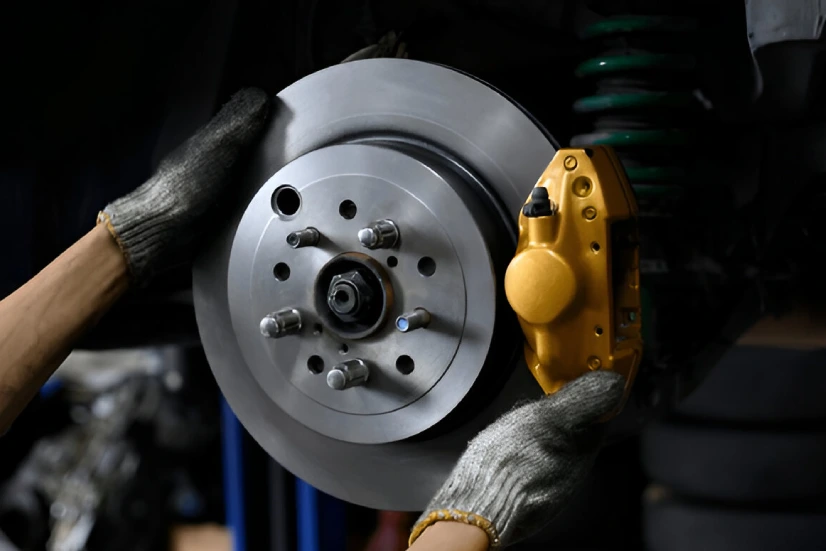 Understanding Brake Issues: When to Repair or Replace Your Brakes
Understanding Brake Issues: When to Repair or Replace Your Brakes What Can One Expect During a Full Vehicle Inspection?
What Can One Expect During a Full Vehicle Inspection? Top-Rated Car Garages in Ras Al Khaimah: A Comparative Guide
Top-Rated Car Garages in Ras Al Khaimah: A Comparative Guide 5 Common Engine Problems and How to Fix Them: A Guide for Car Owners
5 Common Engine Problems and How to Fix Them: A Guide for Car Owners Signs You Need to Take Your Car to the Mechanic
Signs You Need to Take Your Car to the Mechanic Exploring Unusual Smells in Cars: A Guide to Identifying and Resolving Odors
Exploring Unusual Smells in Cars: A Guide to Identifying and Resolving Odors Bespoke Care for Your Range Rover: Understanding the Importance of Regular Service
Bespoke Care for Your Range Rover: Understanding the Importance of Regular Service Quick Tips for Finding the Best Car Mechanic Near You
Quick Tips for Finding the Best Car Mechanic Near You Choosing the right car repair workshop: Factors to consider
Choosing the right car repair workshop: Factors to consider Expert Car Mechanics Near Me: How to Identify Skill and Experience
Expert Car Mechanics Near Me: How to Identify Skill and Experience The Benefits of Regular Car Servicing for Optimal Performance and Safety
The Benefits of Regular Car Servicing for Optimal Performance and Safety Trusted Car Garages Near Me: How to Avoid Shoddy Repairs
Trusted Car Garages Near Me: How to Avoid Shoddy Repairs Preventing Costly Repairs with Routine Car Maintenance and Inspections
Preventing Costly Repairs with Routine Car Maintenance and Inspections Navigating the Car Repair Industry: How to Find Honest and Affordable Services
Navigating the Car Repair Industry: How to Find Honest and Affordable Services Understanding the Basics of Car Maintenance and Repair for Vehicle Owners
Understanding the Basics of Car Maintenance and Repair for Vehicle Owners Why regular car servicing is crucial for long term vehicle health?
Why regular car servicing is crucial for long term vehicle health? Maximizing the Lifespan of Your Vehicle with Routine Car Maintenance
Maximizing the Lifespan of Your Vehicle with Routine Car Maintenance The importance of Pre-purchase car inspections: Don’t buy a lemon
The importance of Pre-purchase car inspections: Don’t buy a lemon